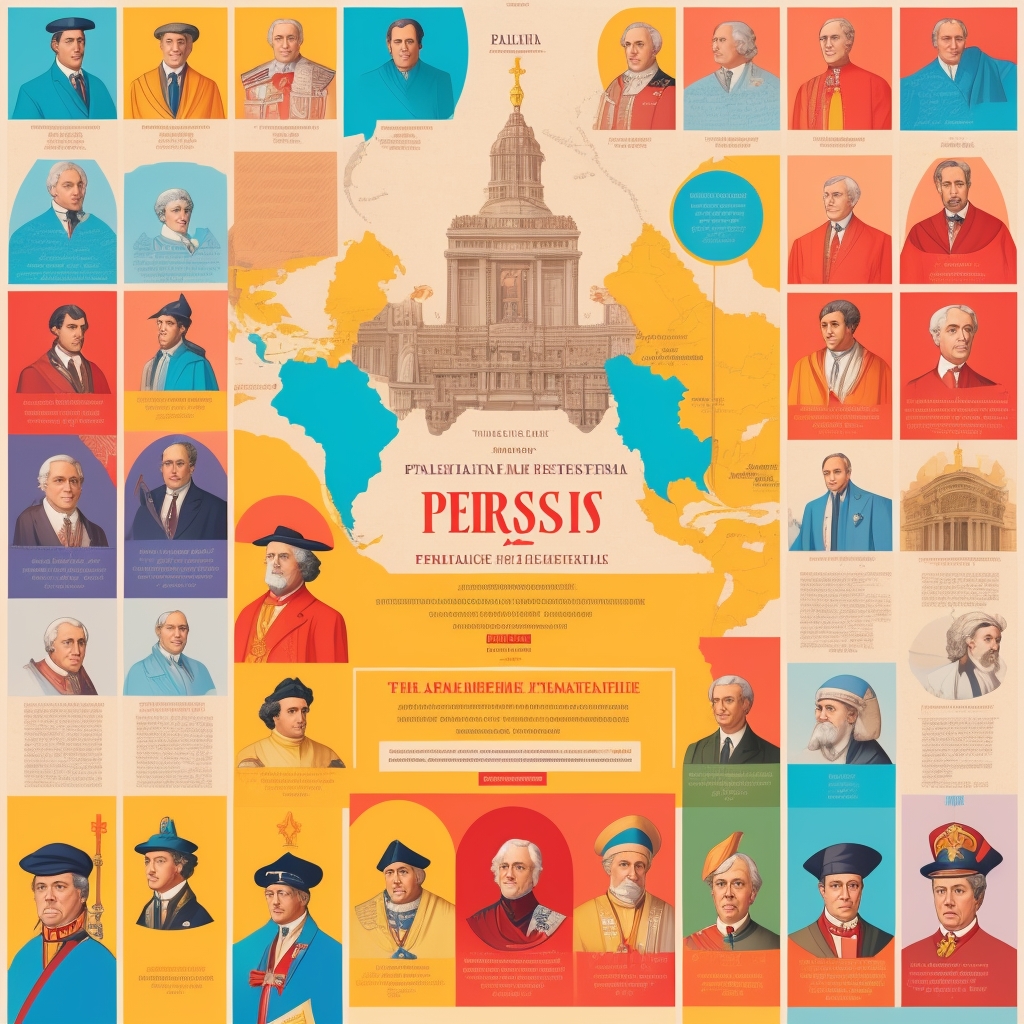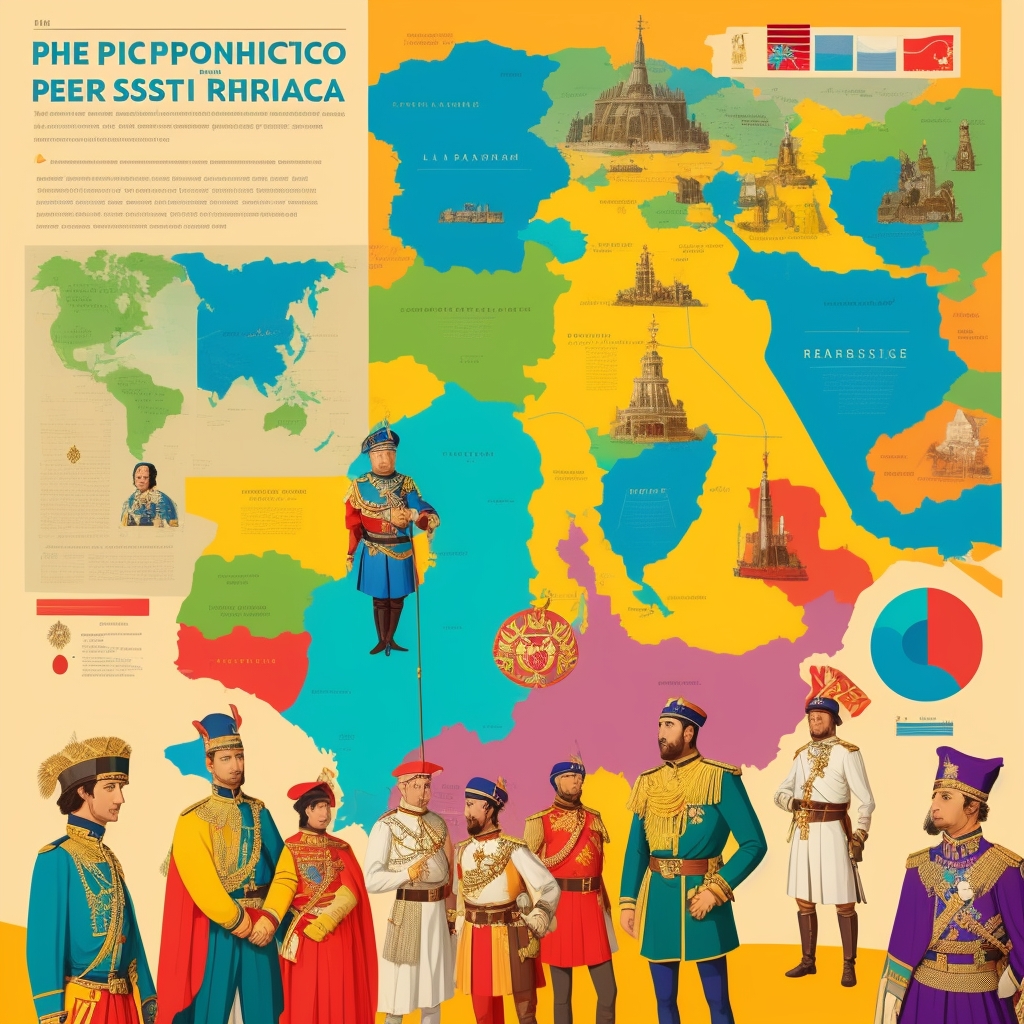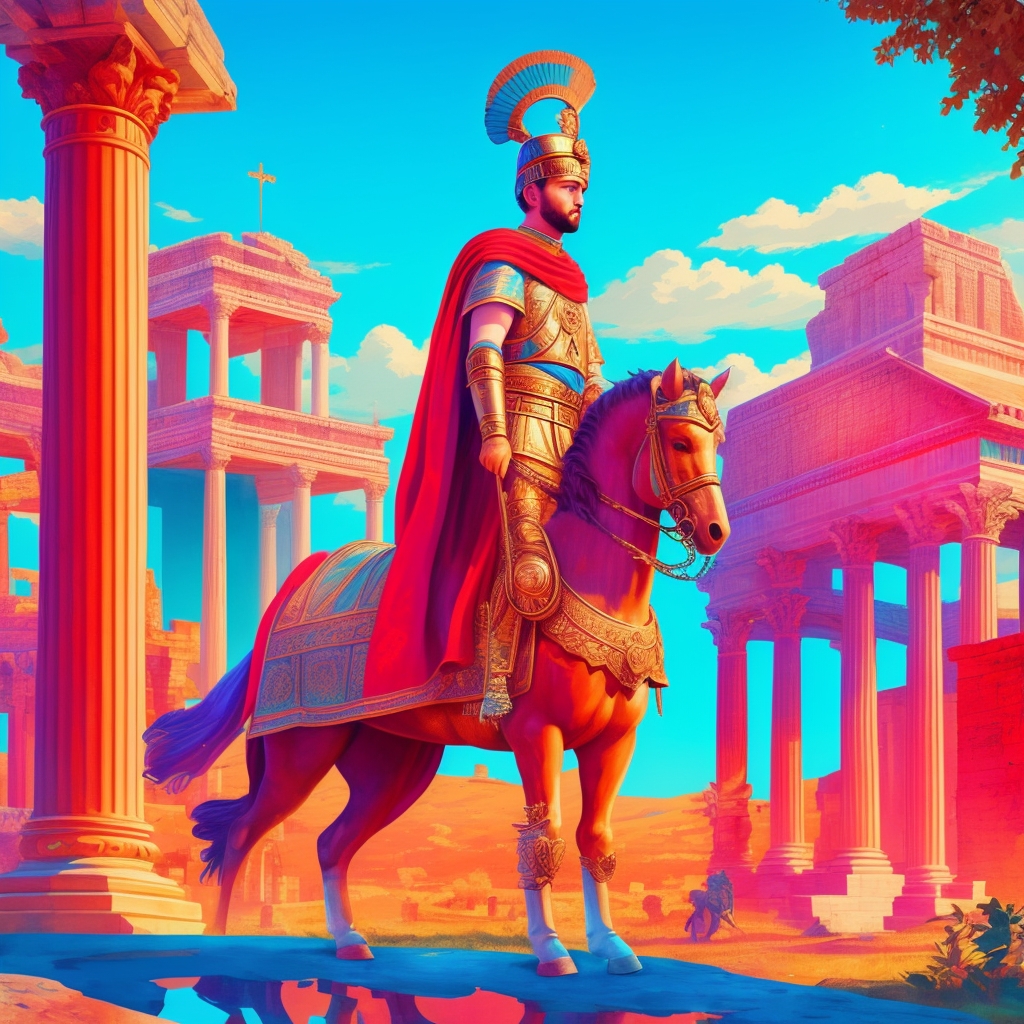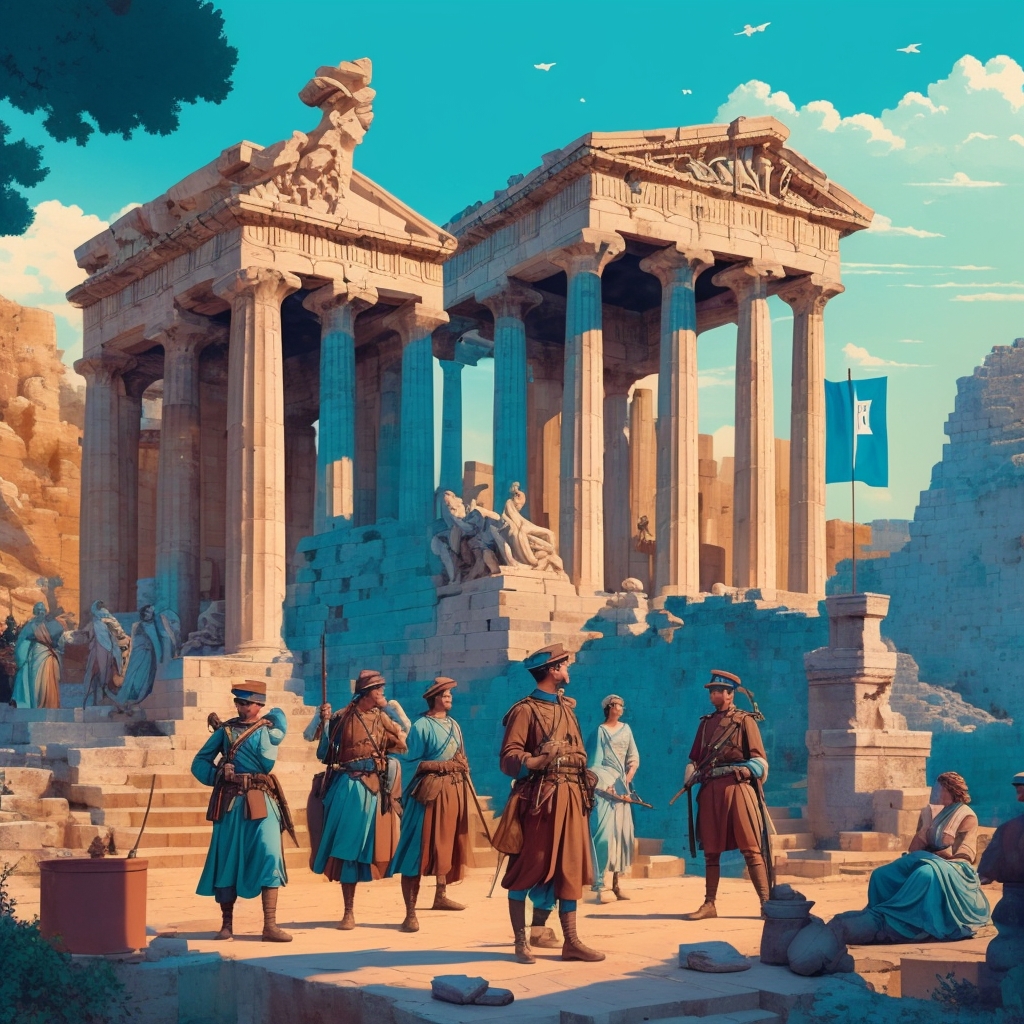What Were the Key Political Structures in the Persian Empire?
Introduction
The Persian Empire, often referred to as the Achaemenid Empire, was one of the largest and most influential empires in ancient history. Spanning from the Balkans and Eastern Europe in the west to the Indus Valley in the east, this empire was a marvel of political innovation and administrative prowess. Understanding the key political structures that underpinned the Persian Empire offers valuable insights into the complexities of ancient governance and political history. In this article, we will explore the foundational political structures that defined the Persian Empire, providing examples and answering common questions along the way.
Centralized Monarchy
At the heart of the Persian Empire was a centralized monarchy, led by the King of Kings, or Shahanshah. This title not only reflected the king’s supremacy over the vast territories but also his divine right to rule. The monarchy was hereditary, usually passing from father to son, ensuring a stable line of succession.
Example: Darius the Great
Darius I, known as Darius the Great, is an exemplary figure in understanding the power of the centralized monarchy. His reign from 522 to 486 BCE was marked by significant territorial expansion and the consolidation of the empire’s power. Darius implemented a standardized form of administration and is credited with organizing the empire into provinces, or satrapies, each overseen by a governor, or satrap.
Satrapies and Local Governance
The Achaemenid Empire was divided into approximately 20 to 30 satrapies, depending on the period and source. Each satrapy functioned as a semi-autonomous region governed by a satrap. These satraps wielded considerable power locally but were accountable to the central authority of the king. This system allowed for efficient control over vast and culturally diverse territories.
Example: Satrap of Lydia
The satrapy of Lydia, located in modern-day Turkey, was a crucial region due to its wealth and strategic location. The satraps of Lydia were responsible for collecting taxes, maintaining order, and overseeing local military forces. Their loyalty was ensured through a combination of royal oversight and personal ties to the monarchy.
Bureaucracy and Administration
The Persian Empire’s administration was remarkably advanced, featuring a complex bureaucracy that managed everything from tax collection to infrastructure projects. A network of officials, scribes, and military leaders ensured the smooth operation of the empire. The use of Aramaic as the official language of administration facilitated communication across diverse linguistic groups.
Example: The Royal Road
The Royal Road exemplifies the administrative ingenuity of the Persian Empire. This extensive network of roads connected the far reaches of the empire, facilitating trade, communication, and military movements. The road was maintained by state officials and featured relay stations with fresh horses for royal messengers, enabling rapid communication across vast distances.
Military Organization
The Persian Empire’s military was a formidable force, crucial for both expansion and defense. The king maintained a standing army of professional soldiers and could also call upon local levies from the satrapies. This dual system ensured a constant military presence while allowing for rapid mobilization in times of war.
Example: The Immortals
The Immortals were an elite unit of 10,000 soldiers, renowned for their prowess and unwavering loyalty to the king. They played a critical role in major battles and served as a symbol of the king’s power. Their constant presence in the royal court underscored the importance of the military in the Persian political structure.
Concrete Examples and Use Cases
- Darius’s Canal: Darius the Great ordered the construction of a canal linking the Nile to the Red Sea, demonstrating the empire’s capability for large-scale infrastructure projects and its administrative efficiency.
- Tribute System: The empire’s economy relied on a tribute system, where each satrapy contributed wealth in forms of goods, soldiers, or money, showcasing the integration of local economies into the imperial framework.
- Cyrus Cylinder: Often considered the first charter of human rights, the Cyrus Cylinder exemplifies the Persian approach to governance, emphasizing respect for local customs and religions under centralized rule.
Key Points and Best Practices
- Centralization with Local Autonomy: The balance between centralized power and local autonomy through satrapies allowed the Persian Empire to manage diverse populations effectively.
- Efficient Communication: The Royal Road and use of a common administrative language facilitated effective governance and rapid response to issues.
- Military Integration: The combination of professional soldiers and local levies ensured both a stable defense and the ability to project power across the empire.
FAQ
1. What was the role of the satraps in the Persian Empire?
Satraps were governors of the provinces or satrapies. They were responsible for collecting taxes, maintaining security, and implementing the king’s policies. They played a crucial role in the empire’s local governance while remaining accountable to the central authority.
2. How did the Persian Empire maintain control over its vast territories?
The Persian Empire maintained control through a combination of centralized monarchy, efficient administration, a network of roads, and a powerful military. The satrapy system allowed for local governance under the supervision of the central authority, ensuring stability and order.
3. What made the Persian military effective?
The Persian military was effective due to its organization, including the use of elite units like the Immortals, and the combination of a standing army with local military levies. This structure enabled rapid mobilization and strong defense capabilities.
4. How did the Persian Empire handle cultural diversity?
The Persian Empire was known for its tolerance of cultural diversity. It allowed subject peoples to maintain their customs, languages, and religions, as long as they paid tribute and remained loyal to the king. This policy helped prevent rebellions and fostered loyalty.
5. What impact did the Persian Empire have on later civilizations?
The Persian Empire’s political structures, administrative practices, and emphasis on infrastructure influenced later empires, including the Roman and Byzantine Empires. Its legacy is evident in modern governance practices, such as provincial administration and road networks.
Conclusion
The key political structures of the Persian Empire were instrumental in its success as one of history’s most expansive and enduring empires. Through a combination of centralized monarchy, local governance via satrapies, efficient administration, and a robust military, the empire managed to maintain control over a vast and diverse territory. Understanding these structures provides valuable insights into the complexities of ancient political history and their lasting influence on subsequent civilizations. For more detailed information on the Persian Empire, you can explore The British Museum’s website.







